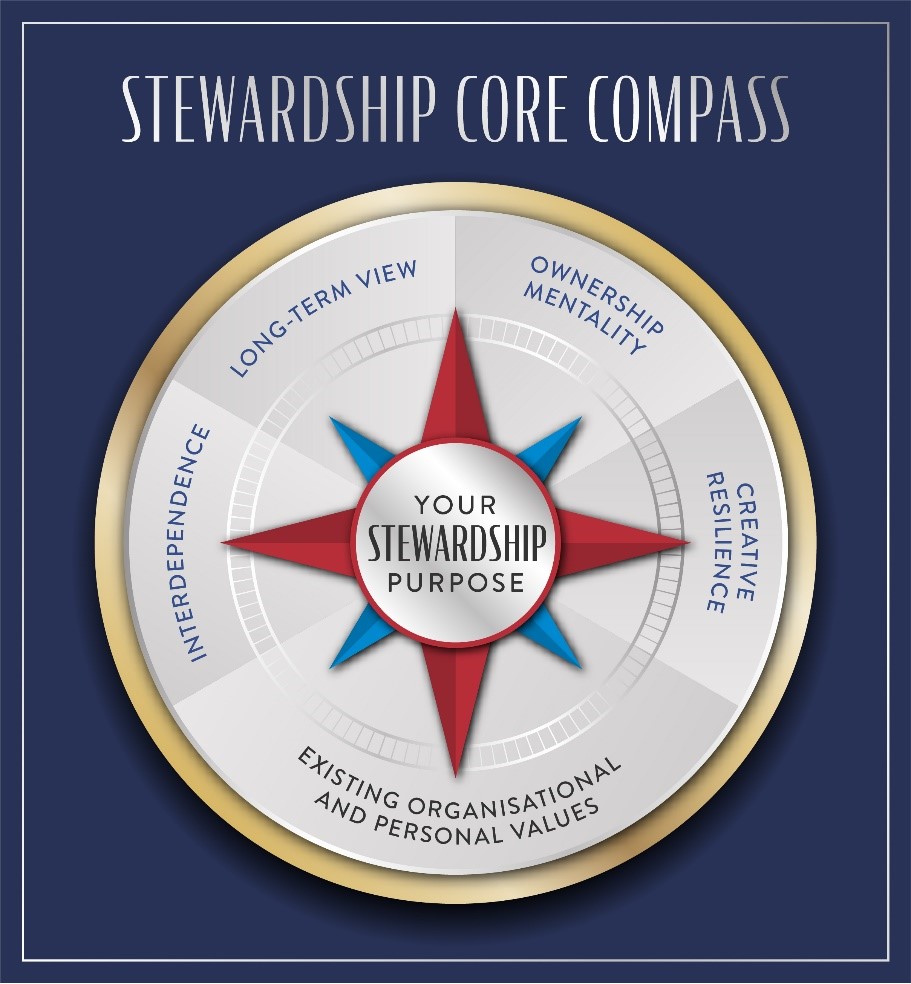In a national business survey done by the Singapore Business Federation before the onset of COVID, bread-and-butter concerns were predictably top-of-mind when asked what they would like to see laid out in this year’s Budget. The desire for more support for sustainable practices also gained momentum. Many SMEs also expressed their hope for more government measures to help businesses do more for sustainability-linked projects. This trend of companies wanting to build a better collective future is growing, and will likely accelerate post-pandemic.
COVID-19 is proof that businesses big and small must plan for global scale disruptions. Environmental, social and governance (ESG) risks can put the brakes on current operating models at very short notice, and being able to effectively mitigate ESG risks and reposition for organisational resilience is key to the success of a company. And having a sustainable business model unlocks potential revenue streams – the Future of Nature and Business Report published recently by the World Economic Forum estimates that “nature-positive solutions will create $10.1 trillion in business opportunity and millions of new jobs”.
With Singapore committed to the 2030 Agenda for Sustainable Development, policies will continue to be designed with long-term sustainability in mind. Transforming to a more sustainable business model and becoming part of the solution is now an urgent need for any business to thrive and survive. Being a trailblazer will guarantee first mover advantage and consumer mindshare. Not acting will only increase market, reputational and systemic risks for the business, and challenge the ability of the business to acquire and retain good talent in an already competitive human capital landscape.
With such definitive push and pull factors for companies to build sustainability-led organisations, many are still not ambitious enough. Companies must start with defining a clear stewardship purpose to all their stakeholders to truly motivate everyone to move towards the shared vision.
The Stewardship Core Compass
To effectively mitigate ESG risks and reposition for organisational resilience, our landscape study on Understanding Corporate Stewardship, Governance and Sustainability established that corporate stewardship must be fostered in organisations in tandem with corporate sustainability and corporate governance practices.
Stewardship Asia Centre defines stewardship as “leading, managing, governing and investing responsibly with the purpose of sustaining long-term value creation by balancing the needs of all stakeholders, society, environment and future generations.” In short, it is the responsible and whole-hearted management of entrusted assets so as to pass them on in better condition.
We have distilled the four key values of stewardship as:
- Interdependence: View the world as an interconnected system. Recognise that your success depends on the success of others. Cooperate with them and build good partnerships.
- Long-term View: Strategise and execute for sustained value creation. Build for both current and future generations.
- Ownership Mentality: Think and act like an owner. Take proactive responsibility. Make stewardship happen.
- Creative resilience: Manage risks. Learn from mistakes and setbacks. Experiment and find creative solutions to disruptive challenges.

Designing Your Core Compass
Businesses must begin by first taking an honest look at their own business purpose, and understand how that translates to their values. Using the four stewardship values to inform their long-term vision, design the compass by including any additional organisational values needed to achieve the vision.
Next, articulate a strong stewardship-oriented purpose that will take centre-stage in driving sustainable growth for the business and the wider stakeholders. This purpose must express the ambition of the organisation to create long-term value for the company by addressing the needs of its wider stakeholders, while defining the meaningful contribution the company offers in terms of its products and services.
Activating the Compass
With the compass now defined, companies must invest effort in communicating their purpose, values and most importantly the expected behavior from all within the company. It must inform and guide every action and decision made by the organisation that will sustain it through calm and turbulent times.
To demonstrate commitment, the organisation and its top management must be ready to lead change. Besides walking the talk to role model the desired behaviour, internal systems and processes including recruiting, performance management and rewards, must be redesigned to be aligned with the compass.
Stakeholders along the entire value chain from suppliers to customers should also have clarity on the stewardship purpose and values of the organisation, and bringing them along the journey will help shape more resilient and sustainable supply chains, harness innovation to achieve more efficient and sustainable outcomes, and improve brand equity on sustainability for the business.
Capability-Building Anchored on Stewardship
In a recent survey by McKinsey, global senior executives identified leadership, resilience and adaptability as the capabilities most important for the future. But only a third believe their capability-building programmes achieve impact. We believe the gap can be significantly reduced if businesses are able to design these programmes based on a clearly defined stewardship core compass, and fostering psychological ownership at every level.
An aligned stewardship mindset throughout the organisation will increase the capacity to seamlessly build resilience through mitigating sustainability risks, accounting and governance gaps and future impacts on their stakeholders into their business roadmap. This stewardship view will similarly drive innovation, agility and adaptability to overcome disruptions, enabling a thriving business ecosystem for the long term.














